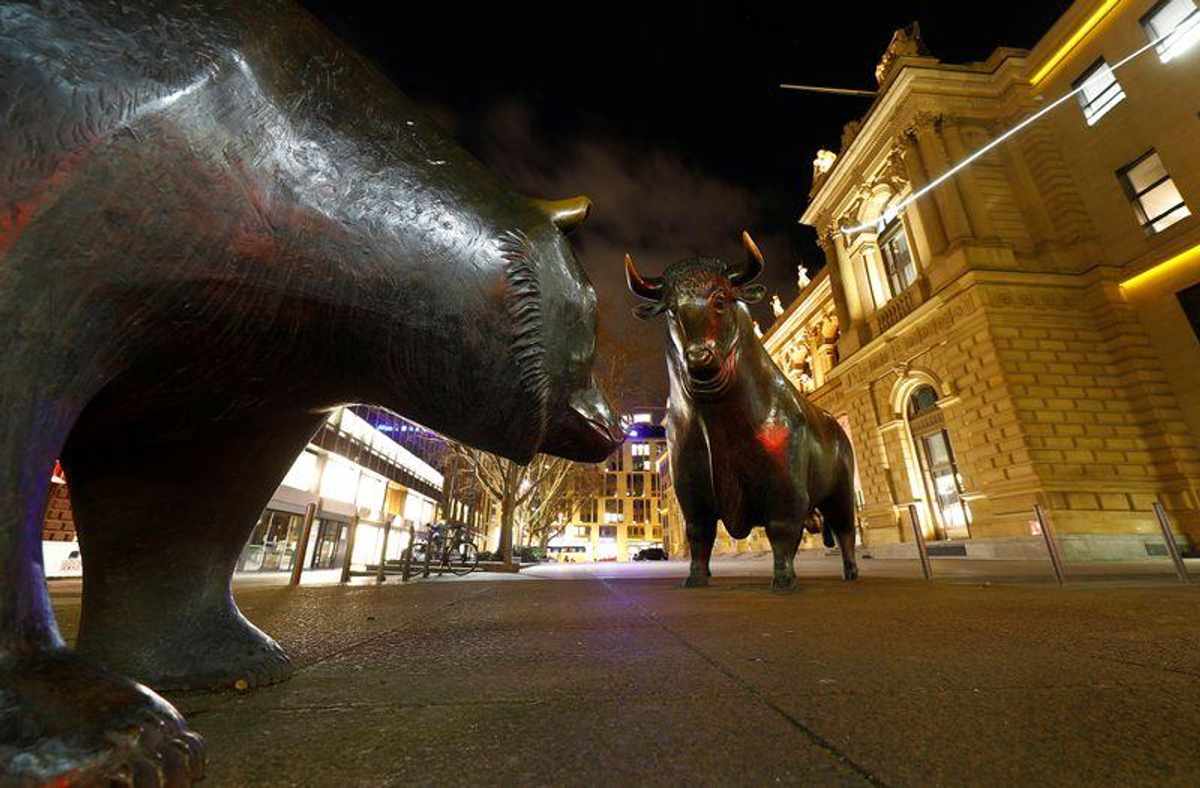What are SPACS, again?

A few minutes every morning is all you need.
Stay up to date on the world's Headlines and Human Stories. It's fun, it's factual, it's fluff-free.
SPACs were extremely popular these past six months. As celebrities and investors alike jumped on board the SPAC train, the future of investing seemed to be all about SPACs.
- Special Purpose Acquisition Companies, or SPACs, are established for the sole purpose of providing private companies with the opportunity to go public while obtaining a lot of money and professional advice through a merger with the SPAC.
- SPACs have no business operations or specific targets for acquisition. They have one purpose: to get acquired.
- SPACs were extremely popular these past six months. As celebrities and investors alike jumped on board the SPAC train, the future of investing seemed to be all about SPACs.
- But it appears the craze may have ended, as only six new SPACs have been created so far in the second quarter of 2021. This time last quarter, 55 fresh SPACs had made their debut.
Here’s how it works:
- Typically a company will go public by acquiring funding from private investors through series funding. This can be a lengthy process and it doesn’t guarantee that the company will get enough funding to actually go public. This is where a SPAC could help this company go public.
- Think of it like this: Company A wants to go public by selling shares of their company to retail investors, but in order for a company to go public, it needs to meet certain financial requirements and regulations such as financial reporting documents, audit fees and more.
- Company B is a SPAC and they have no other purpose than to be merged with another company like Company A. Company B is already publicly traded and it has a lot of money backing the company despite not actually “doing anything.”
- By merging with Company B, Company A immediately goes public and also obtains all of Company B’s money to support the company.
So why is the SPAC craze dying down?
- From the end of 2020 to the first quarter of 2021, SPACs were all the rage for investors and celebrities alike. Everyone from Richard Branson to Shaquille O’Neal was getting involved in the SPAC craze.
- However, on March 31, a statement from the US Securities and Exchange Commission (SEC) was released that expressed their growing concerns in the reporting, governing and accounting of SPACs.
- On April 12, the SEC released another statement that focused on their concerns about SPACs.
- These reports coincide with a massive dip in the number of new SPACs that are being developed. Some analysts believe that his pullback in SPACs may be warranted due to the tighter regulations being developed by the SEC.
- There’s still about US$129 billion of SPAC capital available in the market. Despite the money still being in the market, the reduction in the number of new SPACs forming has turned the SPAC craze into a SPAC phase.
Have a tip or story? Get in touch with our reporters at tips@themilsource.com




Comments ()